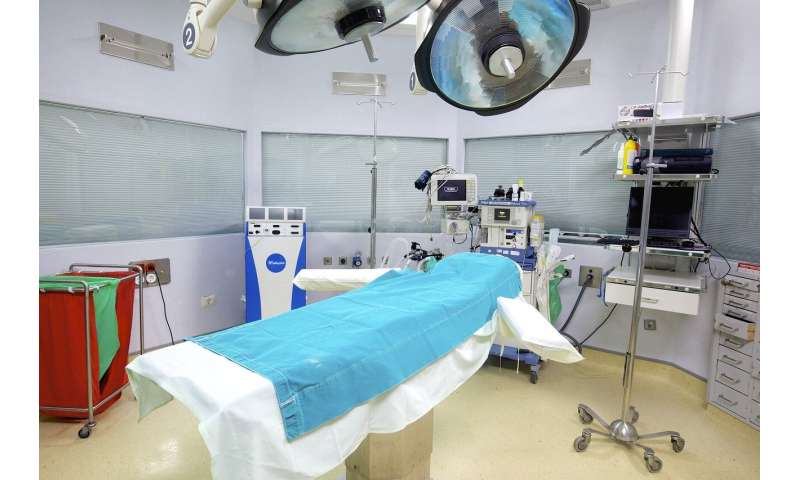
New research suggests surgery patients overwhelmingly prefer presurgical safety checklists to be completed in front of them, contrary to what was believed by doctors. The study, published in the European Journal of Anaesthesiology, is by Dr. Sabine Nabecker, Department of Anaesthesiology and Pain Medicine, Bern University Hospital, and University of Bern, Switzerland, and colleagues.
Since the WHO launched the Safe Surgery Saves Lives Program in 2008, surgery checklists have minimized errors and improve patient safety worldwide. The WHO-approved Safe Surgery Checklist includes asking the patient to confirm their name, procedure and consent, and the medical team to check that the anesthesia machine and medication has been checked. The list also checks if patients have known allergies and whether antibiotics have been administered in the previous 60 minutes, as is standard with many surgeries.
“Anesthesia professionals are often reluctant to use checklists in front of patients because they fear causing patients’ discomfort before anesthesia and surgery,” explains Dr. Nabecker. “Yet our study shows that patients overwhelmingly prefer to see the checklist completed in front of them.”
The trial included 110 anesthesia providers and 125 non-premedicated ear-nose-throat or face-mouth-jaw surgery patients in the Bern University Hospital, Switzerland from June to August 2016. Patients consented to be included in the study; however, those who had been premedicated, were under 18 years of age, were day-care only patients, and those with dementia or other mental illnesses were excluded. All study participants were interviewed before the start of the procedure and on the first postoperative day, and asked to rate their agreement from 1-100 with the following statements:
Patients overwhelmingly agreed that anesthesia providers should use checklists in front of them (median score 100), while anesthesia providers were enthusiastic but less so (median score 81). Anaesthesia providers rated the patient discomfort (with a median score of 43) much higher than actually perceived by patients (with a median score of 7 before and 0 after the procedure). Both patients and anesthesia providers agreed using checklists had the potential to reduce errors during surgery (scores 93 for anesthesia providers, 97 for patients before procedure and 100 for patients after procedure).
The authors say: “Anaesthesia providers estimate patient discomfort significantly higher than it is actually perceived by the patients themselves. In fact, our study suggests that although anesthesia providers agree that checklists reduce risks, they are reluctant to use them, solely based on the wrongly assumed discomfort for patients.”
They add: “With our study we aimed to assess the real experience of surgical patients in the operating room. Therefore, this is the first study that confirms a reduction of patient discomfort from a direct interview with patients before and after surgery, who actually experienced the procedure in the operating room.”
Source: Read Full Article
